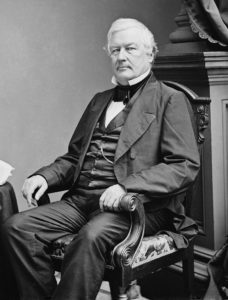I’m just going to lay this out there right now: This story ends with Ernest Hemingway’s brother sitting on a 30-foot raft in the middle of the Caribbean.
But first, let’s talk about Bill Warren.
Bill Warren is an entrepreneur, treasure hunter, Frank Sinatra impersonator, former Christian music host, and about 30 other descriptors. He’s probably a huckster, but he’s our kind of huckster. You’ve almost certainly seen something about him: This Treasure Hunter Says He Has Located Bin Laden’s Body. I could spend the next 2,000 words just writing about Bill Warren, but you’re here for the guano, so just read this exhaustive, entertaining, hilarious article bout him by CJ Ciaramella: The Nearly Astonishing Tale Of Bill Warren, Treasure Seeker.
Read More “Micronations and poop dreams: Strange tales from the Guano Islands Act of 1856” »
